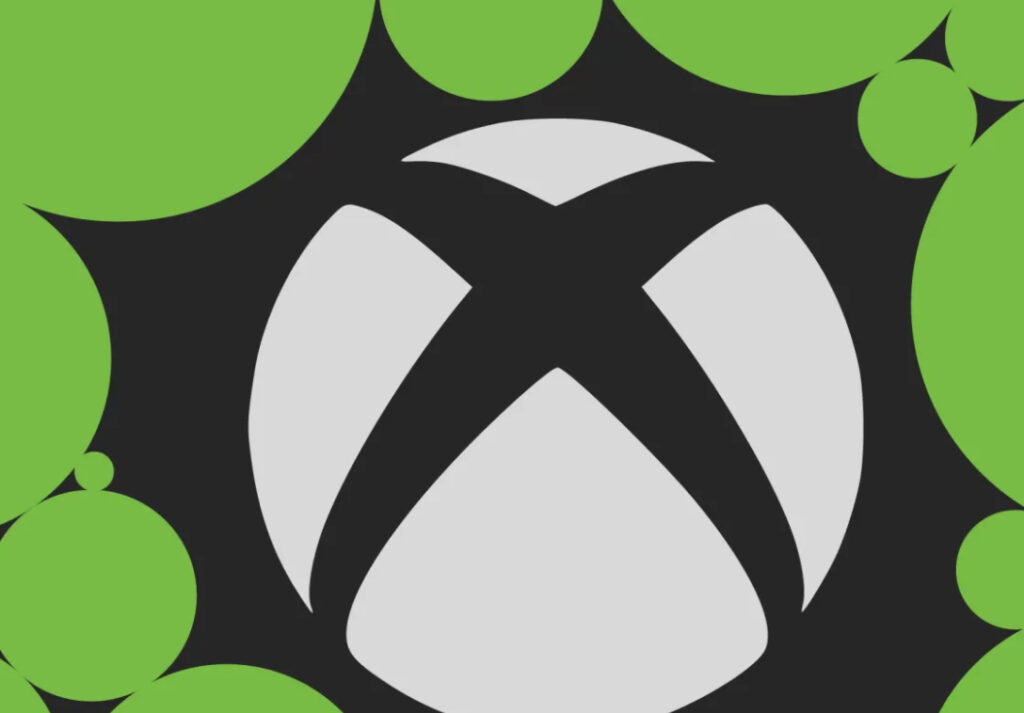
Gaming has never just been about pixels and power—it’s a cultural battleground, a consumer economy, and, increasingly, a mirror of global financial trends. With Microsoft’s sweeping new pricing changes, the Xbox ecosystem is undergoing a recalibration that feels less like an adjustment and more like a strategic gambit. As of today, Xbox consoles, controllers, and even first-party games are seeing worldwide price hikes. In a market already under pressure from inflation, supply chain disruptions, and shifting entertainment habits, this move says a lot about the state of gaming—and perhaps even more about what Microsoft thinks the future of its Xbox brand looks like.
These price increases aren’t cosmetic. The Xbox Series X now retails at $599.99 in the U.S., a $100 leap. The once-affordable Series S has gone from $299.99 to $379.99, with the 1TB model priced at $429.99. The Series X Digital Edition is climbing to $549.99, while the newly announced 2TB Galaxy Black Special Edition tops out at $729.99. Accessories aren’t spared either: the standard Xbox wireless controller moves to $64.99, and the wireless headset hits $119.99. Even first-party games are rising to a new standard of $79.99, matching a broader industry shift towards premium pricing tiers.
But this isn’t just about numbers on a price tag—it’s about what those numbers mean for gamers, developers, platforms, and the fractured future of console culture.
A GLOBAL PRICING STRATEGY OR AN ELITIST TURN?
For years, Microsoft’s messaging around Xbox was clear: inclusivity. Game Pass, cloud streaming, backward compatibility, and the affordability of the Series S were all designed to democratize gaming. In contrast to Sony’s premium positioning of the PlayStation 5, Microsoft leaned into accessibility and scalability—offering a full ecosystem regardless of whether you were a hardcore console enthusiast or a casual mobile player.
This price hike complicates that narrative.
Raising the price of the Xbox Series S by nearly 27% is not an insignificant shift. The Series S has been Microsoft’s most accessible console, both in terms of price and availability, especially during the pandemic when the Series X was harder to find. The bump from $299.99 to $379.99 risks pushing new gamers away from console gaming altogether—especially as cloud gaming options and handheld devices gain traction. At $429.99, the 1TB Series S model comes dangerously close to the price of a used PlayStation 5 or gaming PC components. The question becomes: who is the entry-level gamer now?
The Galaxy Black Special Edition Series X at $729.99 seems engineered for collectors and enthusiasts, but it also gestures toward a luxury-tier stratification that echoes iPhones more than it does gaming consoles. Just as Apple has made the Pro Max its flagship, Microsoft appears to be floating a new high-end console identity.
THE DEATH OF THE $60 GAME
The rise of $70 games has been trickling across the industry since 2020, but Microsoft had held off longer than most publishers. With this new announcement, however, the floodgates open. First-party games hitting $79.99 represents the normalization of an uncomfortable reality: the $60 standard, long a pillar of console gaming, is functionally dead.
Developers and publishers have argued for years that games are more expensive to make than ever—higher fidelity, longer development cycles, increased labor costs, and the expectation of post-launch support have all bloated budgets. While these arguments hold some truth, the timing of the price hike still feels more opportunistic than protective of creative labor. Especially when the cost of games rises alongside hardware and accessory spikes, the bundle of gaming becomes more exclusive and economically stratified.
WHY NOW?
There are multiple possible reasons for this move—and none of them are unrelated.
1. Inflation and global cost pressures: Microsoft, like every other company, is navigating a post-pandemic economy defined by cost-of-living increases, logistics issues, and resource shortages. Prices across tech and entertainment sectors are rising—Xbox is catching up, not leading.
2. Game Pass saturation: Microsoft’s subscription service Game Pass has seen enormous success, but its growth may be plateauing in key markets. While it still delivers tremendous value, Game Pass alone can’t underwrite the console business forever. Raising hardware and game prices may be a way to shift reliance away from monthly subscriptions.
3. Positioning against Sony and Nintendo: With Sony already having raised prices for the PS5 and many of its games in key markets, and Nintendo preparing for a next-gen console, Microsoft may be repositioning Xbox not just as a value brand, but as a comprehensive ecosystem with scalable tiers—from budget-friendly streaming all the way to luxury console experiences.
4. Strategic revenue alignment: Microsoft likely anticipates future cost surges in hardware manufacturing, especially as it integrates more advanced chips, solid-state drives, and AI-enhanced features. Getting ahead of the curve with price increases now might mitigate future losses.
WHO LOSES?
The short answer: new and budget-conscious gamers.
Where Xbox once offered the clearest entry point into next-gen gaming, it now threatens to price itself into a narrow demographic. A $429 Series S and $65 controller mean even a “basic” Xbox setup edges into $500+ territory—not including Game Pass or games. For younger gamers, emerging markets, or families, that’s no longer an easy sell.
There’s also the psychological toll. A $729.99 console and $80 titles trigger a perception shift. Even if you’re not buying the Galaxy Black edition, its mere existence recalibrates what “normal” costs look like in the ecosystem. It becomes easier for publishers to justify inflated collector’s editions, deluxe passes, and pre-order bonuses. Gaming begins to mirror luxury tech, where each feature is an upcharge and the base experience feels incomplete.
WHO WINS?
Potentially, Microsoft itself. The company has invested billions in acquiring studios (Bethesda, Activision Blizzard) and building a transmedia empire that stretches across devices. This pricing shift may be part of a broader recalibration—positioning Xbox not just as a console brand, but a service-first entertainment platform.
Core fans, too, may benefit. If these price hikes stabilize Microsoft’s financial position and funnel money into better games, fewer microtransactions, and richer support, then they might be justified. Some players would rather pay more upfront for a well-made, finished product than nickel-and-dime monetization schemes.
It’s also possible that Game Pass becomes more attractive in this new landscape. At $16.99 per month, it starts to look like a bargain again when games retail for $79.99. Ironically, this could nudge more users into Microsoft’s subscription model—even as the company tries to elevate its hardware to prestige status.
INDUSTRY SIGNALS AND CONSUMER REACTIONS
Microsoft’s move sends a signal to the industry: the era of aggressive discounting is over. In the same way Netflix has cracked down on password sharing and Spotify is introducing higher subscription tiers, tech-entertainment hybrids are tightening belts and raising ceilings.
It remains to be seen how consumers respond. Historically, gaming communities have pushed back hard against monetization that feels exploitative or tone-deaf. The failure of the Xbox One’s original DRM policies in 2013 is a reminder of how quickly sentiment can shift. If these price hikes are perceived as greed—not necessity—backlash could be swift.
Retailers may also play a role. With MSRPs rising, stores may increase promotional bundling, discounts, or alternative financing. We could see the return of leasing models, extended trade-in credits, or subscription-hardware hybrids that soften the sticker shock.
A NEW NORMAL FOR GAMING?
Microsoft’s Xbox price hikes don’t occur in a vacuum—they are a data point in the evolving economy of gaming. From NFTs and microtransactions to AI NPCs and subscription bundles, the question of what a video game costs is no longer simple.
We are watching gaming fragment. There is no singular experience now—only a constellation of overlapping economies. One gamer spends $400 a year on Game Pass; another drops $800 on launch-day collector’s editions. One plays entirely via the cloud on an Android tablet; another insists on 4K HDR ray-traced fidelity in a basement den.
Microsoft is betting that it can navigate all of these realities at once—and charge differently for each. It’s a dangerous bet. It risks alienating the very community that kept Xbox afloat during lean years. But if successful, it could redefine how we think about access and luxury in gaming.
Impression
Ultimately, Microsoft’s price hike is a litmus test for what gamers value. Are they willing to pay more for “premium” experiences? Will rising hardware prices stoke demand or suppress it? Will Game Pass be enough to offset the blow?
The answers lie not just in profit margins, but in perception. For Microsoft, maintaining trust is as important as building revenue. The stakes have never been higher—and the controller has never cost more.
No comments yet.








